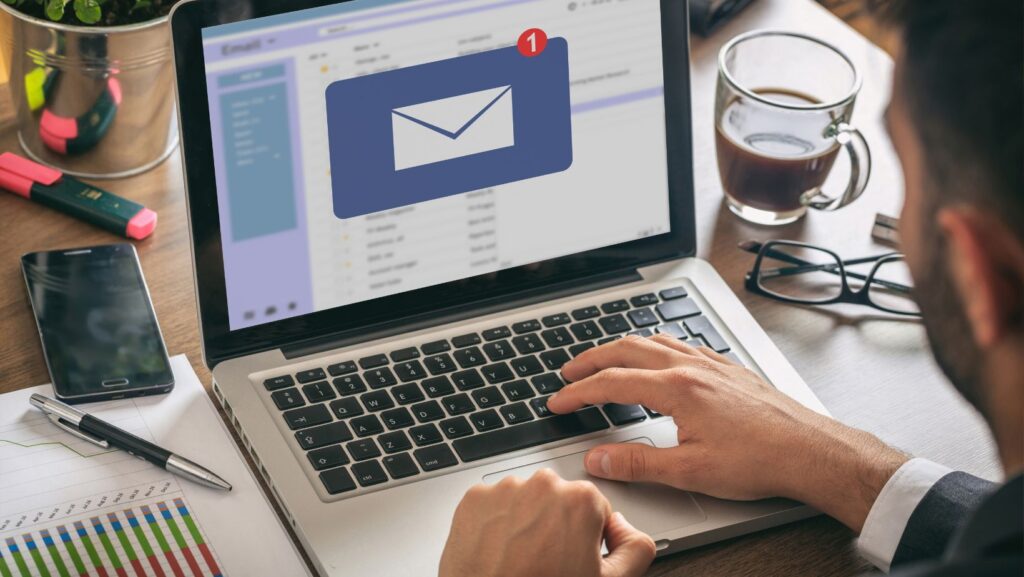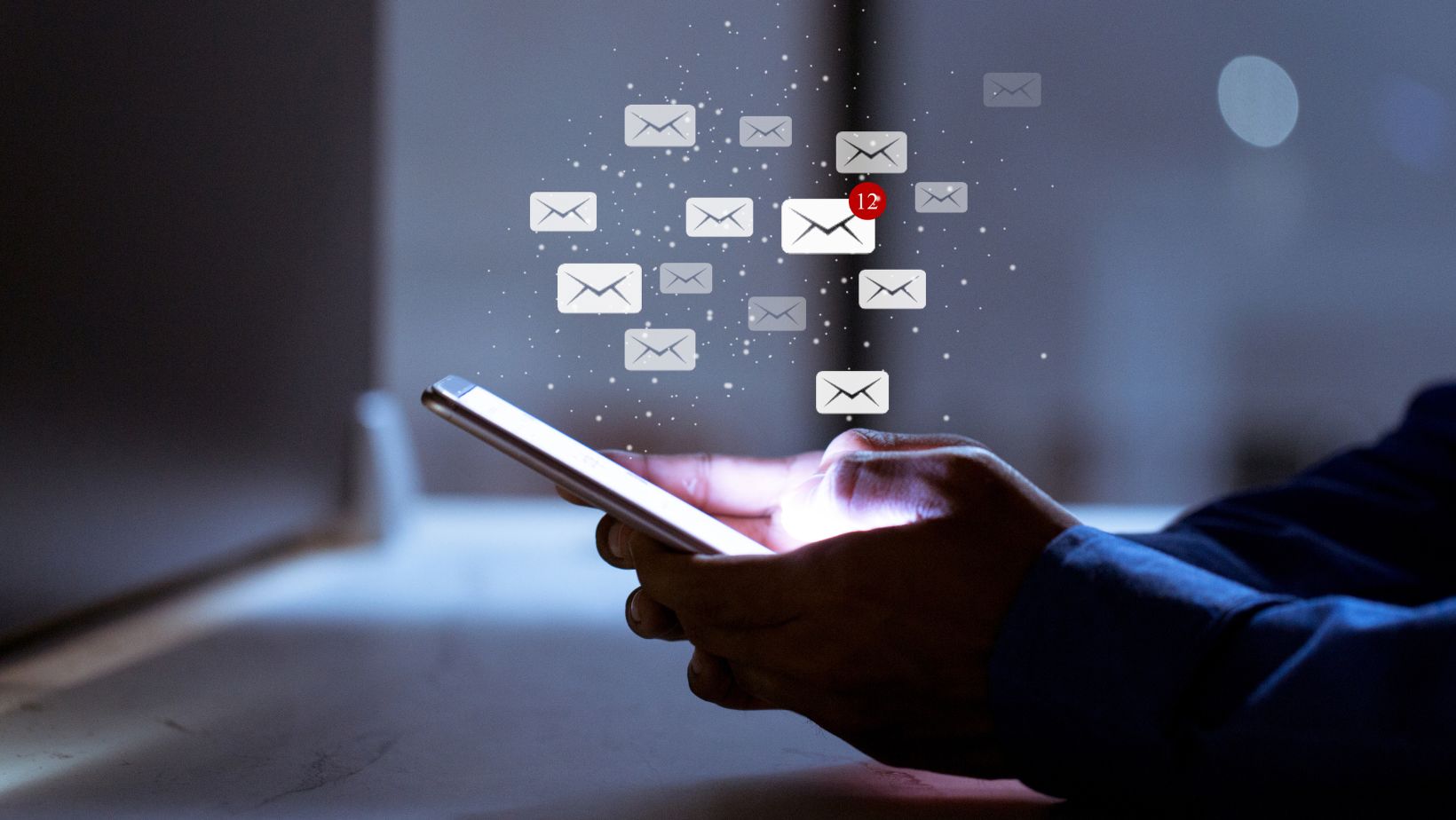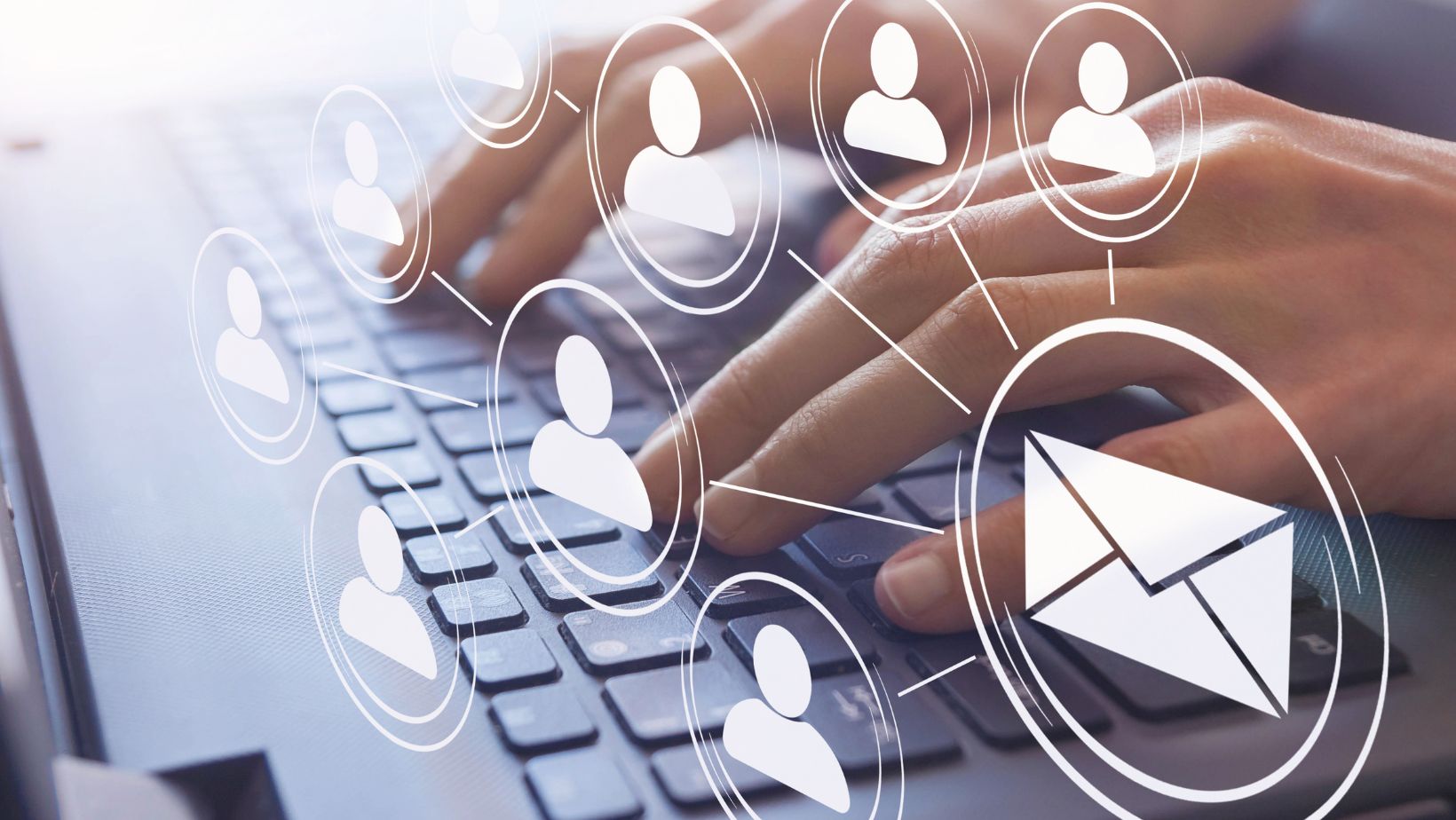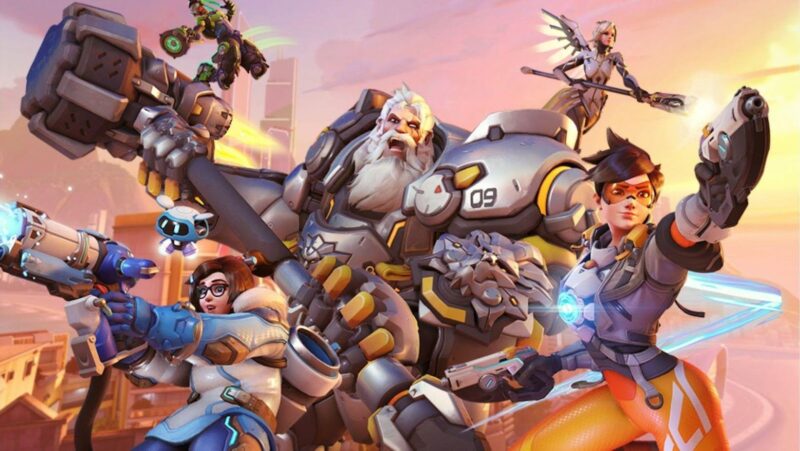
In 2025, cold outreach is still alive. But it’s not the same game it was a few years ago. People are overwhelmed with messages, and attention spans are shrinking fast. If you want replies, you have to earn them.
That’s where the LinkedIn vs email debate comes in. Which one should you use? Which gets better results? The answer isn’t black and white—but there are clear wins and use cases for both.
Let me show you.
A Tale Of Two Messages
Meet Taylor. She’s a sales rep at a B2B SaaS company. Every week, she reaches out to potential customers. Some she contacts on LinkedIn. Others, she emails directly. Her goal? Start a conversation. Book a call. Close a deal.
On Monday, she sends a connection request to Sam, a VP at a fintech startup. She includes a short message: “Hey Sam, love what you’re doing at BlinkPay. Would love to connect!”
Sam accepts the next morning.
Taylor waits a day, then follows up. “Thanks for connecting! Quick question—are you exploring any new automation tools this quarter?”
Sam replies. They chat. A call is set.
On Wednesday, Taylor emails Jordan, another VP. Her message is sharp: “Subject: Automation Tools for Finance Teams – Quick Question.” She includes a value-driven pitch, a strong CTA, and her signature. No reply. She follows up twice. Silence.
Why did LinkedIn work and email flop?
That’s the heart of this article.
The Linkedin Advantage
LinkedIn has changed how people think about outreach. It’s no longer just a job-hunting site. It’s a daily-use platform for decision-makers.
Here’s why LinkedIn works so well for cold outreach in 2025:
- It’s social: People expect conversations, not pitches.
- It’s visual: Profiles show personality, experience, mutual connections.
- It’s warm: A connection request softens the cold.
People trust faces more than plain text. When you reach out on LinkedIn, they can see who you are. They know you’re real.
And let’s not ignore the context. Email lives in the land of spam filters and crowded inboxes. LinkedIn lives in a professional community. People scroll through LinkedIn like they do Instagram—but for work.
Want to get noticed? Be visible where your prospects already spend their time.
But Don’t Count Email Out
Now, email isn’t dead. In fact, it’s still powerful—when used the right way.
Why?
Because it’s direct. It feels personal. And it’s universal. Not everyone checks LinkedIn every day, but they check their inbox.
Email also gives you more control. You can format it your way. Add links, PDFs, even a killer free email signature generator that makes you look polished. You can track opens and clicks. And you’re not limited by connection requests or message caps.
If you’re reaching out to executives or older industries—email may actually be better.
But context matters.
That’s why Taylor uses both.
So… Which Should You Use?
It depends on your audience. And your goal.
Some people live on LinkedIn. Others live in their inbox. The smart move? Match your channel to your prospect.
Here’s a simple breakdown to help you decide:
| Use LinkedIn when | Use email when |
| – Your prospect is active on the platform
– You want to build familiarity before pitching – You’re starting from scratch (no prior relationship) – Your message is short and conversational |
– You have a specific offer or CTA
– Your message is detailed or technical – You’re sending attachments or links – You’re following up after a call or meeting |
Let’s go back to Taylor.
When she sees someone commenting often on LinkedIn, she knows they’re active. That’s a green light to connect there.
But if someone’s profile is quiet, with no recent activity? She tries email instead. Simple.
Combine Both For Ideal Results
The magic happens when you use both tools in sequence.
Taylor sends a connection request. If it’s ignored, she follows up with an email a few days later: “Hey Sam, tried to connect on LinkedIn—wanted to reach out here as well.”
That crossover shows effort. It stands out.

Or after emailing someone, she might view their LinkedIn profile. Often, they notice and check her out too. She’ll follow up with a connection request. Suddenly, she’s no longer just another stranger in their inbox.
This combo approach works. And it works well.
Practical Tips That Actually Work
Cold outreach isn’t just about tools. It’s about doing it well.
Here are a few things Taylor does that help her stand out:
- Personalize every message. She mentions something specific: a recent post, mutual connection, or podcast the prospect was on.
- Keep it short. Her first message is never more than three sentences. Curiosity beats information overload.
- Use clear CTAs. “Are you exploring new tools?” works better than “Would love to connect.”
And one underrated trick?
She writes like a human. No buzzwords. No corporate fluff. Just one pro talking to another.
That tone matters.
You’re not just selling. You’re starting a conversation.
Metrics That Matter
Let’s talk results. What actually works in 2025?
Taylor’s team tracks everything.
- LinkedIn response rate: 22%
Email response rate: 11%
- Calls booked from LinkedIn: 18%
- Calls booked from email: 9%
But when she uses both together?
Response rate jumps to 34%. That’s the real win.
This doesn’t mean LinkedIn is always better. It means you can’t rely on one tool alone. Smart outreach is layered.
And it always comes back to this: relevance, timing, and tone.
Tools That Make It Easier
Taylor doesn’t do it all manually. She uses tools to make outreach faster, smarter, and more human.
Some of her favorites:
- LinkedIn Sales Navigator: To find active, high-fit leads
- Reply.io: To find verified email addresses and outreach
- Loom: To send short, personal video messages
- Free email signature generator: To create clean, professional email signatures that build trust
These aren’t gimmicks. They’re small things that make a big difference.
Because details matter when you’re reaching out cold.
One Last Thing…
Let’s not forget the follow-up.
Too many reps give up after one message.
Taylor always follows a simple 3-2-1 system:
- 3 LinkedIn touches (connect, message, comment)
- 2 emails (value, follow-up)
- 1 creative nudge (video, voice note, or meme)
It works. Not always fast, but often eventually.
She also knows when to stop. No one likes being chased forever. Respect goes a long way.
And whenever she sends files? She always includes a simple line: “please find attached”. Clear, polite, and easy to understand.
The Verdict
So, LinkedIn vs Email in 2025?
Both are powerful. Neither is perfect.
If you’re smart, you’ll use them together. You’ll test, learn, and adapt. You’ll sound like a real person—not a pitch machine.

That’s what gets replies in 2025.
Want to take it further? Start with your own test. Reach out to ten people—five via LinkedIn, five via email. Track your results. Then adjust.
Cold outreach isn’t magic. It’s skill plus strategy.
And now, you’ve got both.












